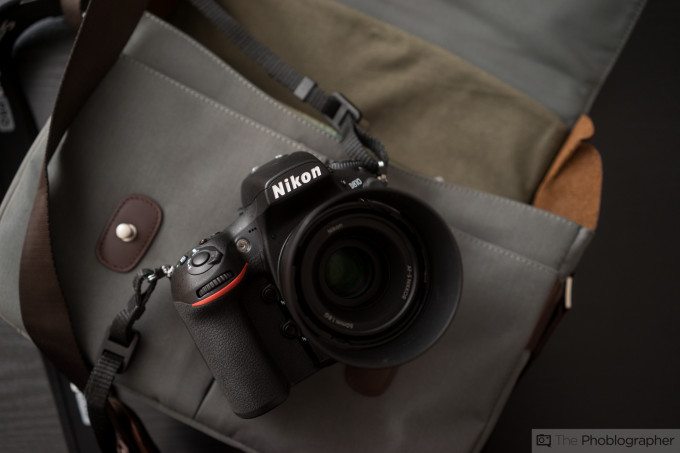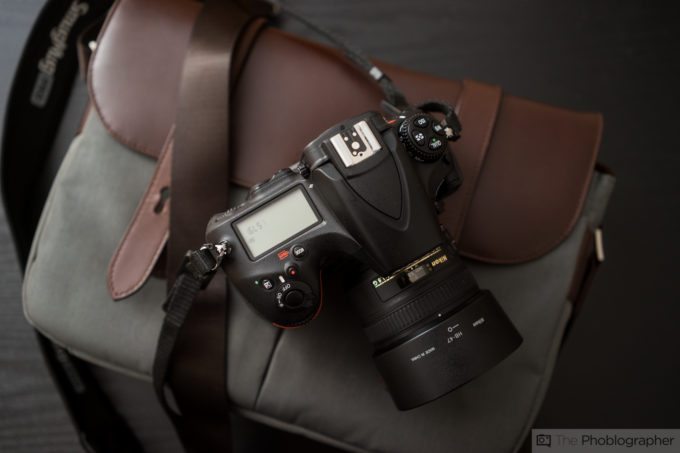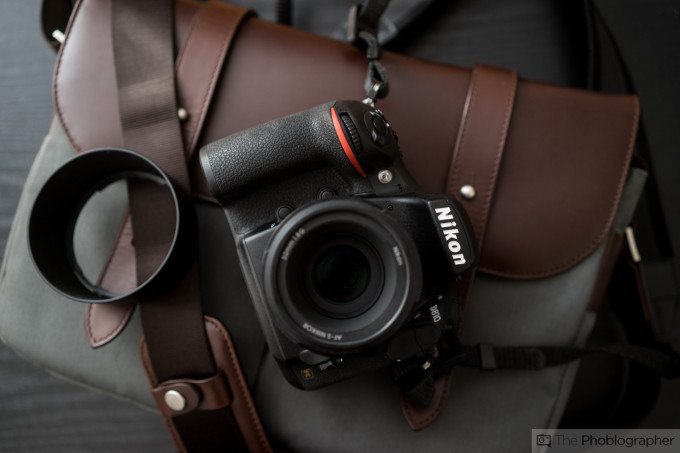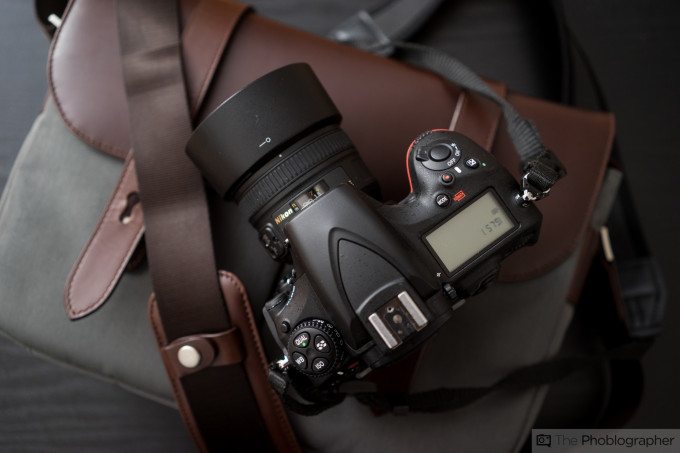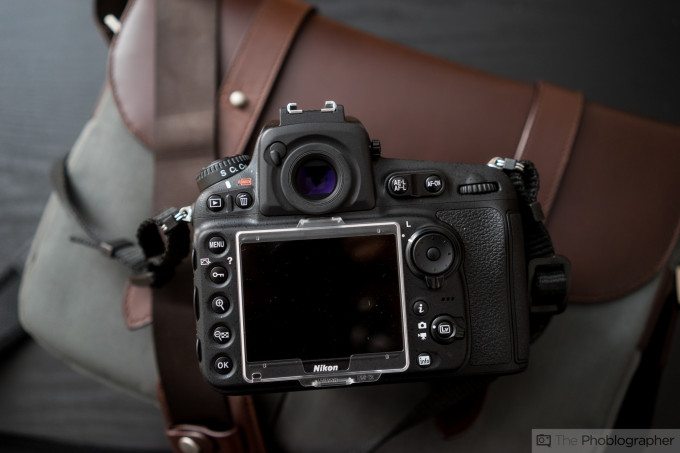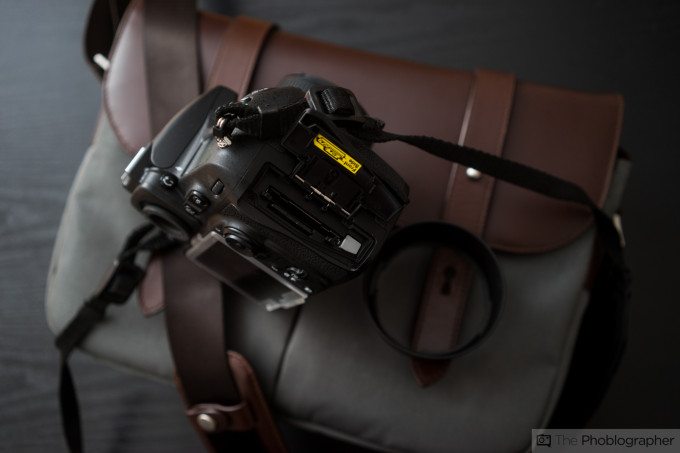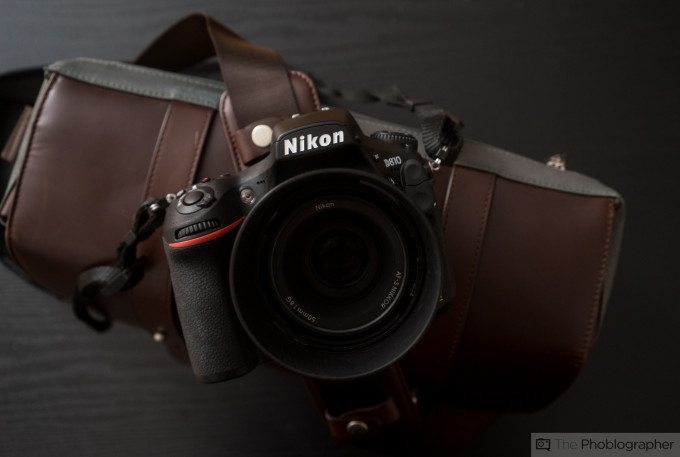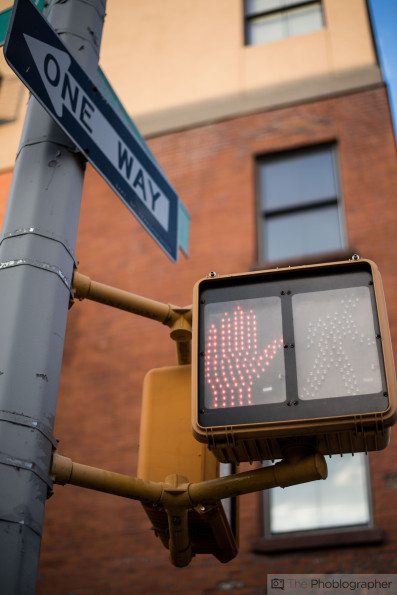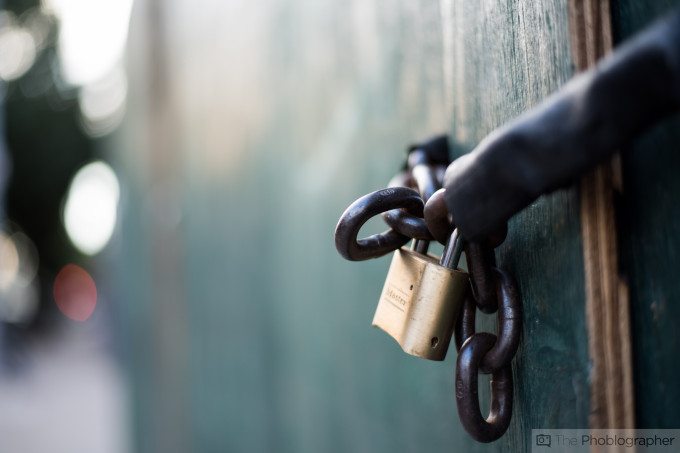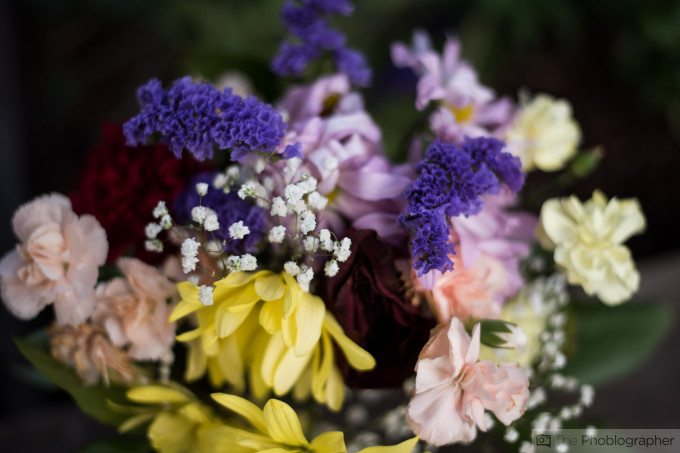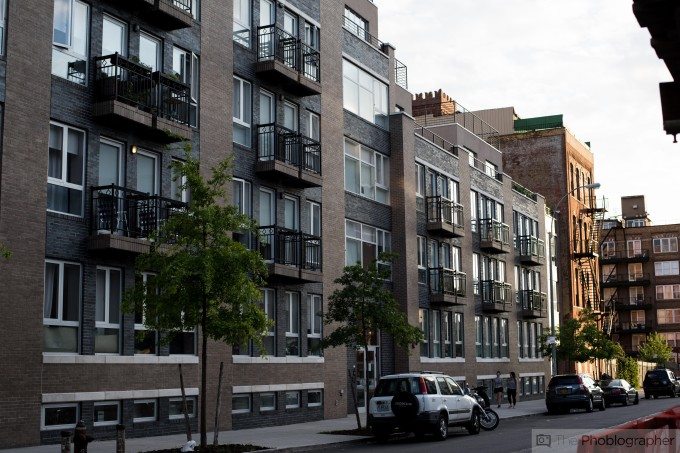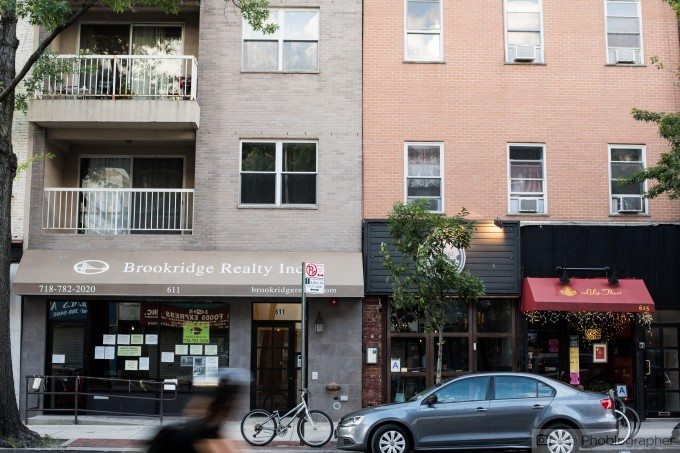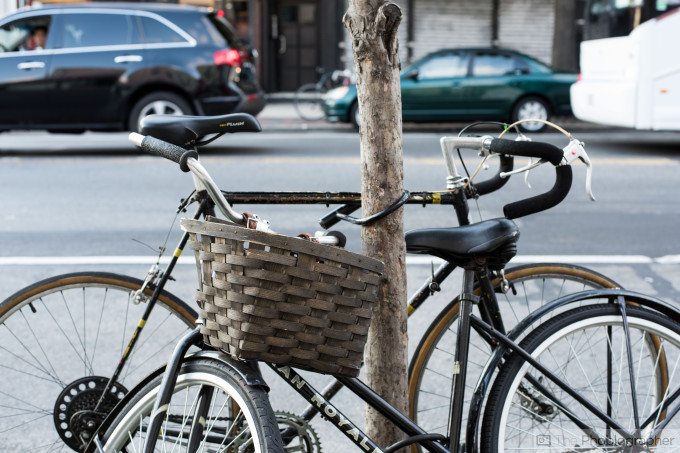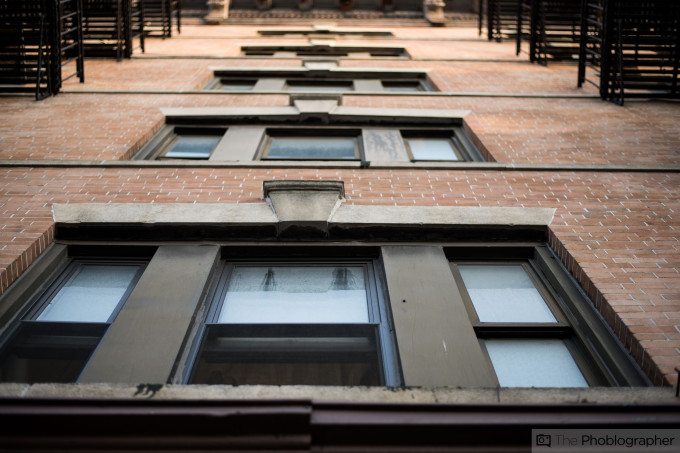When Nikon announced the D810, we were intrigued to see what they would do to improve the already great camera. For starters, they threw out the AA filter, bumped the megapixel count to 36.3, added the new EXPEED 4 processor, incorporated the D4s’ Multi-Cam 3500-FX AF sensor offering up 15 cross-type and 51 overall focusing points in total as well as the ability to shoot at up to 5fps. But beyond this, they gave the camera a small RAW mode, a 3.2-inch 1229K-dot LCD and expanded the camera’s ISO range to a D4s-esque 64 to 12,800 that’s also expandable to 32 and 51,200. The Nikon D810 can shoot movies in Full-HD 1080p all the way to 60fps.
So when we first got our review unit from Adorama, we were interested to see if it’s worth the upgrade for many D800 owners.
Tech Specs
Taken from the Adorama listing of the product
36.3MP FX-Format CMOS Sensor without an Optical Low Pass Filter
Nikon’s highest resolution sensor is housed in the D810 and by omitting the Optical Low Pass Filter, the sensor provides superior sharpness and detail. The sensor boasts fast channel readout, wide dynamic range, rich tones and improved imaging at high sensitivities.
EXPEED 4 Image Processor
The EXPEED 4 processor provides 30% faster performance over the EXPEED 3 as well improved low noise imaging throughout the ISO range. Support for 1080p video capture at 60 fps is featured and the processor’s increased efficiency enables up to 1200 still shots and 40 minutes of video recording per charge.
Native ISO Range of 64 to 12,800
The improved ISO range compared to the D800 enables more effective low light imaging and the ISO can be expanded from 32 to 51,200.
Advanced Multi-CAM 3500FX Auto Focus Sensor
Versatile AF Modes of 9, 21 and 51 points and 3D tracking enable fast, precise auto focus control. AF sensitivity down to -2 EV is effective in low light and 15 cross-type sensors are compatible with AF NIKKOR lenses with open aperture of f/5.6 or faster. Eleven central focus points work with an open aperture of f/8. Improvements include upgraded ‘lock-on’, expanded ‘store by orientation,’ and more options for AF mode restrictions.
Group Area AF
Group Area AF enhances subject detection and tracking in challenging lighting conditions or when shooting comparatively small subjects against a high-contrast background by grouping and monitoring 5 individual AF points. The 5-point AF area can be shifted across the 51-point array as your composition changes.
RAW Size S
Accelerate your workflow with Nikon’s RAW Size S file format which delivers 12-bit uncompressed Nikon NEF files that enable faster image transfer and smoother post-production.
Continuous Shooting
In FX mode, the D810 can shoot up to 5 fps and in DX mode it can capture up to 7 fps when utilizing the MB-D12 battery grip with AA batteries.
Reduced Vibration for Sharper Imaging
The D810’s shutter/mirror box architecture and electronic front-curtain feature improve overall image clarity. The shutter/mirror mechanism reduces image shake for a steady viewfinder image with minimal blackout during high-speed shooting. When activated, the electronic front-curtain shutter reduces the risk of blur in even subtle details by minimizing internal vibrations during exposure.
Quiet Continuous Mode
A redesigned Sequencer/Balancer Mechanism enables Quiet Continuous Mode for near silent sequential shooting.
Picture Control
In addition to standard, neutral, vivid, monochrome, portrait and landscape, image control options have been expanded to include Flat Picture Control which is geared for shooting in RAW modes and for video capture when adjustments will be made in post-production. Also, a clarity option has been added to all Picture Control settings and better control over Picture Control is enabled by fine 0.25 steps.
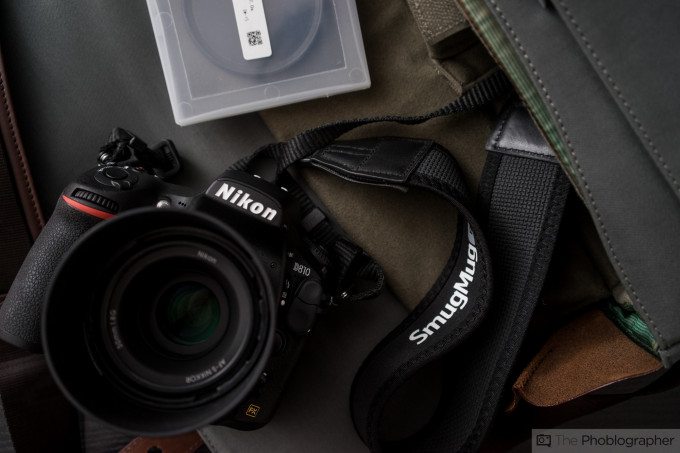
Full HD 1080p Video Capture in 60/30/24 fps
Video recording is supported in both FX and DX formats with an ISO range from 64 to 12,800 and expandable to 51, 200. Simultaneous recording to memory cards and to an external recorder is now supported. Auto ISO adjustment is possible in manual mode for smooth exposure transitions. Nikon’s 3D noise reduction reduces random noise, distortion and flicker when filming at high sensitivities. Zebra mode on the camera monitor shows you exactly where highlights are. A built-in stereo microphone as well as jacks for external microphone and headphones are provided. You can fine-tune audio levels in isolation both before and during recording and select the sound range (wide/voice).
3.2″ LCD Monitor with 1,229k-dot Resolution
A high resolution LCD provides detailed playback viewing and live view capture with color balance and brightness control. A split screen display zoom for still shooting lets you compare two enlarged points in the image for sharpness and exposure.
Optical Viewfinder
Improved coatings on the optical components render brighter and more accurate color and the Organic EL information display makes it easier to make adjustments under bright/dim conditions.
Interval Timer/Time-Lapse Shooting
Exposure smoothing is supported in time-lapse and interval shooting modes and the number of recordable images has been increased to 9,999.
Flash
Both a built-in flash and hot shoe mount are supported with i-TTL metering, as is a flash sync terminal. The built-in flash offers commander mode for wireless control of up to two groups of off-camera flash units.
CF and SD Card Slots
Two card slots are supported for versatile image storage and smoother workflow. One CF card slot for high-speed UDMA 7 cards and one SD card slot for high-speed, high-capacity SDXC and UHS-I cards allow you to use one card as back-up or place still images on one card and video on the other or RAW on one and JPEG on the other.
Form Factor
A deeper hand grip improves handling and a secondary “i” button has been added for easier access to important settings. A durable magnesium alloy body with extensive weather and dust sealing ensure the D810 is moisture- and dust-resistant.
Ergonomics
For the most part, when you look at and try to use the D810, you’ll realize that it is like many of the company’s other high end DSLRs. And what you’ll spot as a veteran Nikon user comes is the focusing switch near the bottom, function buttons, lens releases, and the Nikon red badge.
In our meeting with Nikon, we were told that the grip was re-worked but it seemed to very much be the same as what we’ve seen previously.
Heading to the top of the camera, you’ll see the typical Nikon controls on the LCD screen, on/off switch, video button, hot shoe, and the dial that helps to control some parameters such as shooting. Plus, you’ll change modes by pressing a button and rotating a dial. Other controls such as ISO and Quality type are also now on top of the camera.
Moving towards the back you’ll notice very much hasn’t changed with the D810 from previous iterations of the 100 line of cameras. You’ve got all the buttons you need on the left hand side with the LCD screen in the middle and the focusing point selector next to that.
For what it’s worth, we really don’t see a difference in the previous generation of LCD screens despite this one being a new one.
Like some of its other predecessors, the D810 has a CF and an SD slot. This is positioned on the right side of the camera.
Build Quality
The D810 is a solid camera overall. Nothing about it feels cheap and if anything the build quality feels nothing short of beefy. It feels great in the hand and it actually also feels lighter than the original camera.
Ease of Use
If you’re an experienced Nikon DSLR user, then you really won’t have a problem with using the camera’s interface. But if you’re a Canon DSLR user or coming from another system it will take some muscle memory adjustments. For what it’s worth though, the camera menus are the easiest that we’ve seen from any manufacturer out there.
Autofocusing
From what we’ve experienced in our couple of days of use with the D810, the autofocusing isn’t at all inaccurate even in low light. In fact, we’d be confident to say that it is so far the best autofocusing DSLR that we’ve ever tried. Part of this is due to the D4s’s AF system coming into the camera.
Image Quality
Here are some of the first images we shot as RAWs converted to JPEGs. EXIF info is in tact and can be seen by clicking the image; where you’ll find it in the URL. All images were shot with the Nikon 50mm f1.8 G.

First Impressions
Nikon’s D810 is shaping up to be an Editor’s choice winner, but only time will tell in our full review whether or not it gets the award. Stay tuned for more.


